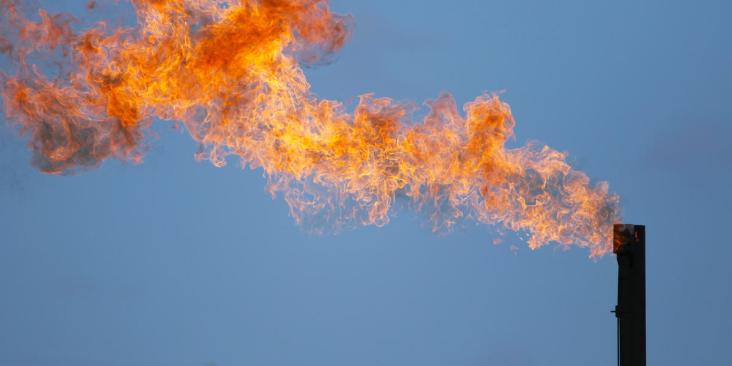This post is part 4 of EDF’s Tech for Change series, which aims to spotlight the way pollution-sensing technology can protect public health and the environment in California. Watch parts 1, 2, and 3.
Los Angeles has long been a city defined by creativity and innovation. Now, that same spirit of innovation promises to help the region tackle the threat of pollution from the 3,500+ active oil and gas wells in LA County.
Technical advances are driving down prices and increasing the precision of pollution monitoring technology, which could enable industry and communities to understand what chemicals may be leaking from nearby oil and gas equipment. According to Elias Tobias of Safety Scan USA, “We are seeing the first wave of lower cost, real time oil and gas pollution monitors right now. Other waves will come and make it even better, faster, and cheaper.”











